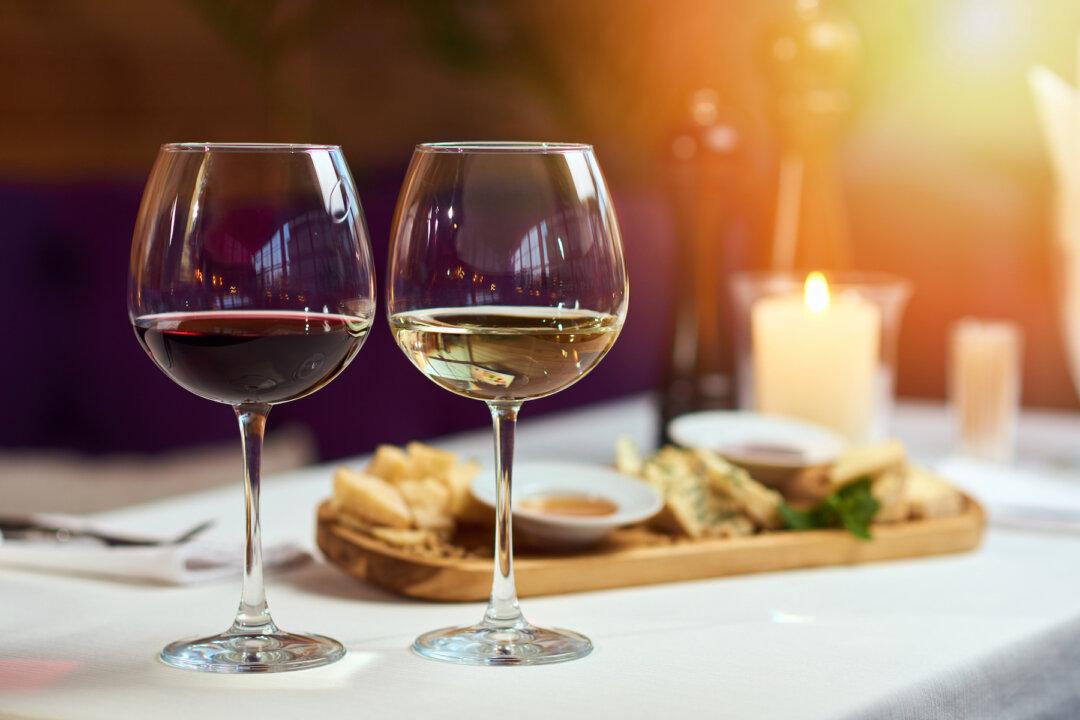A handful of the world’s best wines are made from grape varieties that are rarely blended with anything else, are grown only in a few areas of the world, are notoriously difficult to make, and end up not selling for anywhere near as much money as their strongest supporters believe they should.
Among those few grape varieties that fit this description is riesling, which often displays the locale from which it’s harvested. Best planted in cool or cold regions, it’s a challenger for the title of World’s Greatest Wine Grape.





